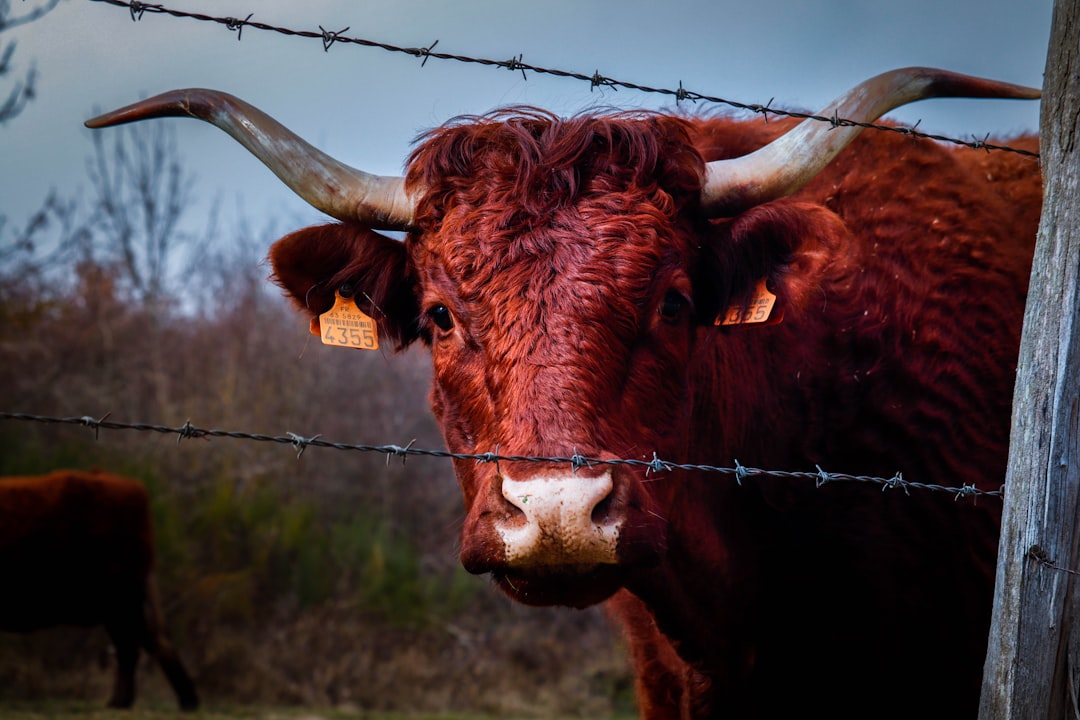No products in the cart.
Navigating the Future of Animal Health: Texas Approves New Budget and CWD Rules
Texas Animal Health Commission has approved a new budget and CWD rule amendments, shaping the future of animal health management.
The Texas Animal Health Commission’s recent approval of a budget report and amendments to chronic wasting disease (CWD) rules marks a significant shift in the state’s approach to animal health management. As concerns about animal diseases continue to rise, these decisions are not merely bureaucratic; they are vital for protecting Texas’ vast agricultural landscape and the livelihoods of those who depend on it.
In a state where agriculture is not just an industry but a way of life, the implications of these amendments ripple far beyond the meeting rooms of regulatory bodies. Farmers, ranchers, and even consumers have a stake in these developments. The CWD rule amendments specifically aim to enhance monitoring and control measures for this neurological disease affecting deer and elk populations, which has raised alarms among wildlife managers and the hunting community alike. As the deer hunting season approaches, the urgency for effective management strategies becomes even more pronounced.

Chronic wasting disease, often likened to a slow-moving tsunami, has been encroaching on deer populations across North America. With Texas being home to one of the largest deer populations in the country, the stakes are high. The amendments include stricter regulations on the transportation of deer carcasses and increased surveillance in high-risk areas. These changes reflect an understanding that animal health is intertwined with public health, economic stability, and environmental stewardship.
 Management
ManagementNavigating Love in the Swipe-Left Era: Insights for Gen Z
As dating fatigue sets in, Gen Z is redefining how they seek and maintain meaningful relationships. This article explores the…
But why does this matter to a broader audience? In an age where public awareness of food sources and animal welfare is on the rise, these decisions resonate with younger generations who are increasingly conscious of the origins of their food and the ecological footprint of their choices. As students and early-career professionals contemplate their future roles in agriculture, understanding these regulatory changes is crucial. They symbolize a shift toward more sustainable and responsible practices.
As students and early-career professionals contemplate their future roles in agriculture, understanding these regulatory changes is crucial.
Moreover, the budget report accompanying these amendments highlights an investment in research and development aimed at finding solutions to animal health challenges. This is where the intersection of technology and agriculture becomes particularly interesting. Innovations in AI and data analytics are beginning to play a pivotal role in monitoring animal health and predicting disease outbreaks. These tools could empower future generations of agricultural professionals to make informed decisions based on real-time data, ultimately enhancing productivity and sustainability.
However, the path forward is not without challenges. As the Commission moves to implement these new rules, it faces pushback from some stakeholders who argue that increased regulation could stifle growth and innovation in the sector. Farmers express concerns about the financial burdens of compliance, while some wildlife advocates argue that the regulations may not go far enough in protecting deer populations.
 Career Development
Career DevelopmentSkill Stacking: Your Secret Weapon in 2025
Skill stacking is a game-changer for career advancement in 2025. By blending diverse skills, young professionals can enhance their employability…
Read More →This tension between regulation and innovation is not unique to Texas; it mirrors a global struggle in sectors ranging from agriculture to technology. As younger professionals enter the workforce, they will be tasked with navigating these complexities, finding ways to balance economic viability with ethical considerations. The need for skilled leaders who can manage these dynamics is more pressing than ever.
Looking ahead, the future of animal health management in Texas—and beyond—will undoubtedly evolve. As the world grapples with the effects of climate change, shifting consumer preferences, and advancements in technology, the role of organizations like the Texas Animal Health Commission will be paramount. They will serve as both regulators and facilitators, guiding the industry toward a sustainable future.
As younger professionals enter the workforce, they will be tasked with navigating these complexities, finding ways to balance economic viability with ethical considerations.
For young professionals and students entering the field, staying informed about these developments can provide a roadmap for their careers. Understanding the regulatory landscape, embracing technological advancements, and advocating for sustainable practices will be key to thriving in the dynamic world of agriculture.
 AI
AIAccenture’s AI Strategy Sparks Job Cuts and Retraining Initiatives
Accenture's pivot to AI is causing job cuts, sparking a significant retraining initiative. How will this impact early career professionals?
Read More →










